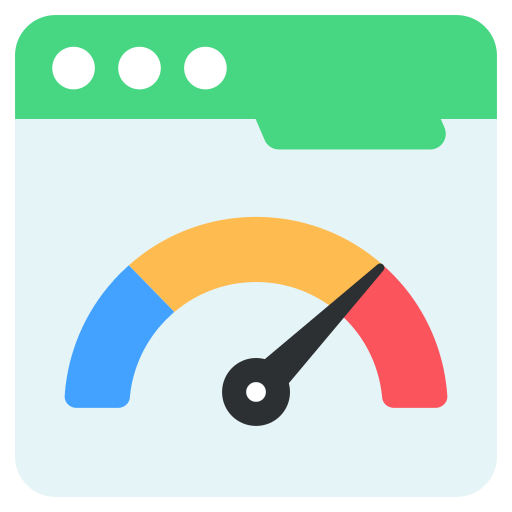Increasing Conversion Rates: A Case Study on a University in Portland
Details
In today's digital world, conversational text marketing has become an effective tool for businesses to engage with their customers and drive conversions.
The same strategy can be applied to universities to optimize their conversion rate. In this case study, we will explore how a private non-profit university in Portland, Oregon was able to increase their conversion rate through the implementation of conversational text marketing.
Company Information
The university is a private non-denominational Christian university in Portland, Oregon. With a focus on liberal arts education, the university offers undergraduate and graduate programs in a variety of fields.
Despite having a strong reputation, the university was facing challenges in terms of attracting and converting prospective students.
Effective Ways of Integrating Conversational Texting
Personalized Text Messages
Sending personalized text messages to prospective students can help build a relationship with them and increase the chances of conversion.
Automated Text Messages
Automated text messages can be used to deliver relevant information to prospective students based on their interests and behaviour.
Prompt Responses
Prompt responses to inquiries and questions from prospective students can help build trust and confidence in the university.
Use of Emojis and GIFs
The use of emojis and GIFs can make the text messages more engaging and appealing to the prospective students.
Campaign Implementation
Step 1: Target Audience Selection
Identify prospective students who have shown interest in the university through various channels such as the university's website, social media, and events.
Step 2: Messaging Content
Develop messaging content that is personalized, informative, and engaging for the prospective students. Use a mix of text, images, and videos to make the messages more appealing.
Step 3: Distribution Channels
Use a conversational text marketing platform to send out the messages. The platform should be able to automate the process and allow for personalization and segmentation.
Goals and Metrics for Success
The goal of the campaign is to increase the conversion rate of prospective students. Metrics for success include the number of inquiries received, the number of applications submitted, and the number of enrollments.
Results
While university faculty and staff still routinely email students and also call if necessary, they text those students via Zipwhip as well. This has helped them dramatically increase responses rates. Ten out of 10 times when they text a student they get a response back.
Zipwhip has helped faculty and staff move away from texting students from their personal cell phones. Christy Martin, University’s associate dean of student success, says, “Zipwhip has given us a communication channel that is fast and convenient for students, and at the same time separate from our personal cell phones.”
Potential Strategies for Overcoming Obstacles
Integrating the conversational text marketing platform with the university's CRM system to track and measure the effectiveness of the campaign.
A/B testing of messaging content and distribution channels to identify the most effective approach.
Regularly reviewing and updating the messaging content to ensure that it remains relevant and engaging.
Takeaway
Conversational text marketing can be a powerful tool for universities to increase their conversion rate and attract more students. By implementing the effective ways of integrating conversational texting and following the steps outlined in this case study, universities can improve their marketing efforts and achieve their desired results.
As a marketing strategist, we can help universities optimize their conversion rates through the use of conversational text marketing. Contact us today to learn more about how we can help.



















































































